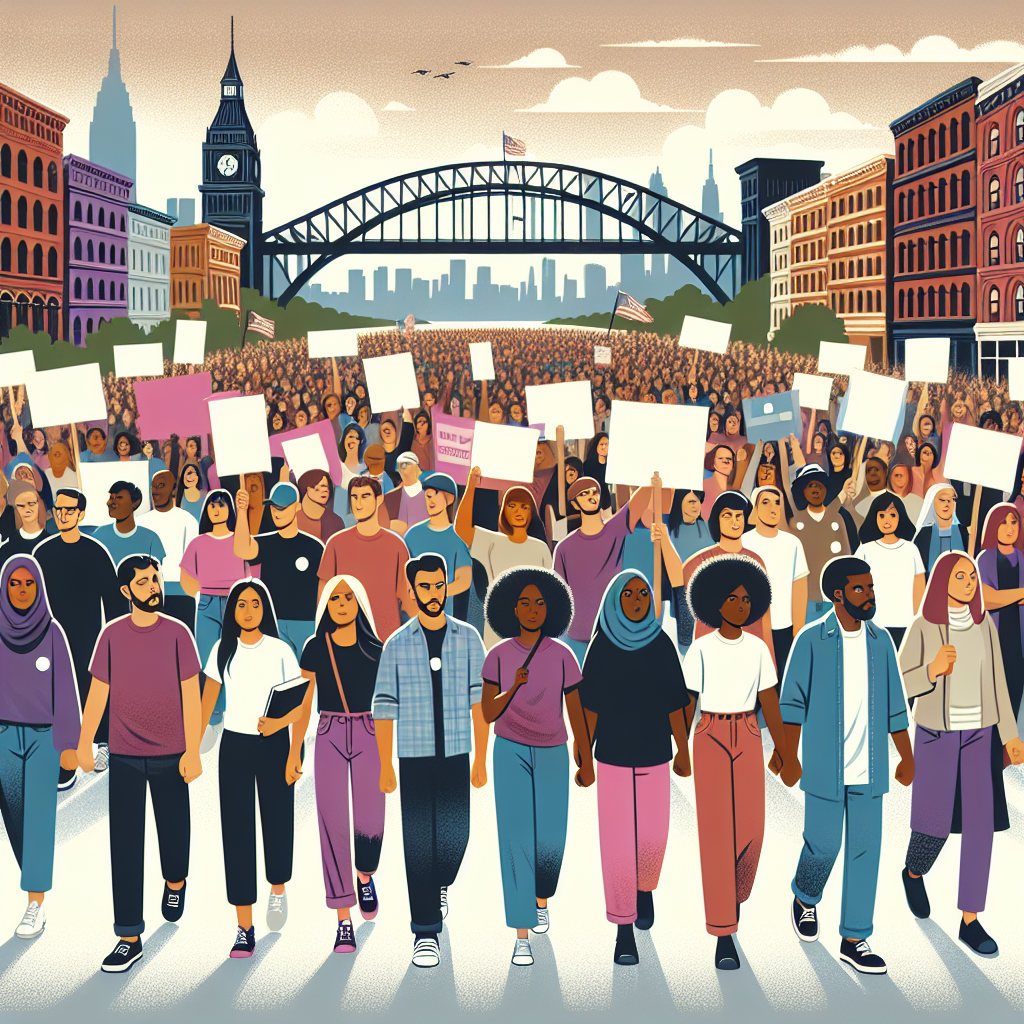Your cart is currently empty!
The Power of the People: How Marching Can Influence Policy and Legislation

In recent years, we have seen a resurgence in the power of the people to influence policy and legislation through mass protests and marches. From the Women’s March to the March for Our Lives, these large-scale demonstrations have captured the attention of lawmakers and the public alike, sparking conversations and driving change on a variety of important issues.
One of the most notable examples of the power of marching to influence policy is the civil rights movement of the 1960s. Through marches, sit-ins, and other forms of nonviolent protest, activists were able to bring attention to the systemic racism and segregation that plagued the United States at the time. These demonstrations ultimately led to the passage of landmark legislation such as the Civil Rights Act of 1964 and the Voting Rights Act of 1965, which helped to dismantle the legal barriers to equality for African Americans.
More recently, the Women’s March in 2017 drew millions of people to the streets in cities across the globe to protest the policies and rhetoric of the newly inaugurated President Donald Trump. The march, which was organized in response to the president’s controversial comments about women, immigrants, and other marginalized groups, sent a powerful message to lawmakers that the rights and voices of women would not be silenced.
Similarly, the March for Our Lives in 2018 brought together thousands of students and activists to demand action on gun control in the wake of the tragic school shooting in Parkland, Florida. The march helped to reignite the national conversation on gun violence and led to the passage of new gun control measures in several states.
These examples demonstrate the power of marching as a tool for social change. By bringing together large numbers of people in a visible and unified way, marches have the ability to draw attention to important issues, mobilize support, and pressure lawmakers to take action. In a democracy, where the voices of the people are meant to shape government policies, marching can be a powerful way for individuals to exercise their right to speak out and demand change.
Of course, marching alone is not enough to bring about lasting change. It must be accompanied by sustained advocacy, community organizing, and political engagement. But as history has shown, when the people come together in solidarity and determination, they have the ability to move mountains and shape the course of their nation. So the next time you feel passionate about an issue, consider joining a march or organizing one yourself – you never know what kind of impact you might have.
#Power #People #Marching #Influence #Policy #Legislation,how marchyorktimes

Leave a Reply